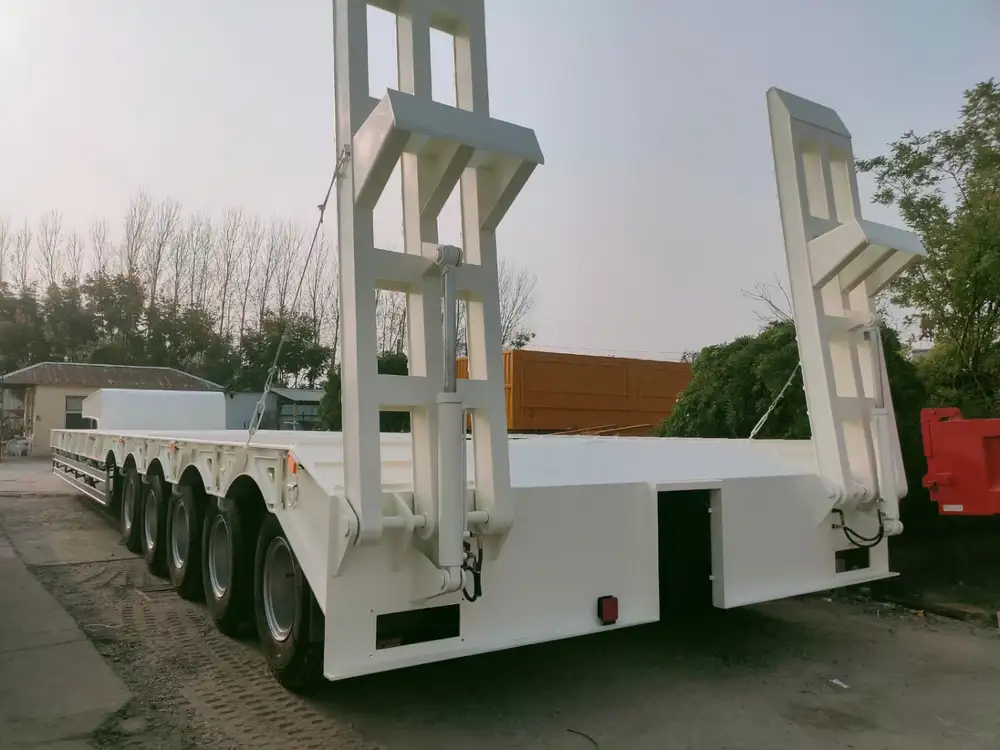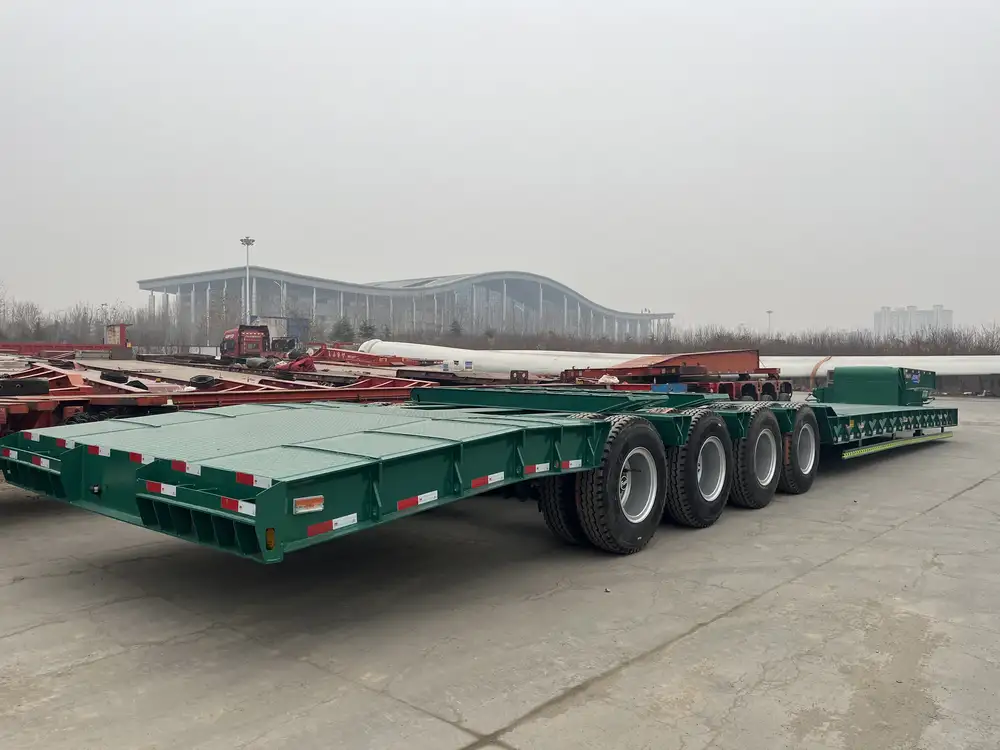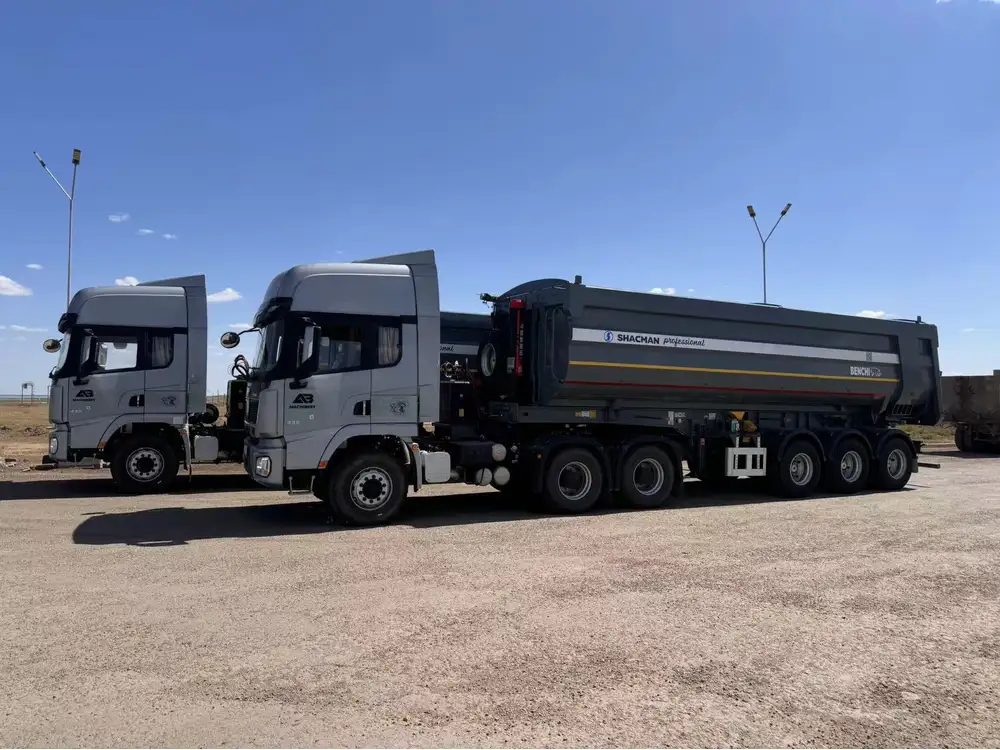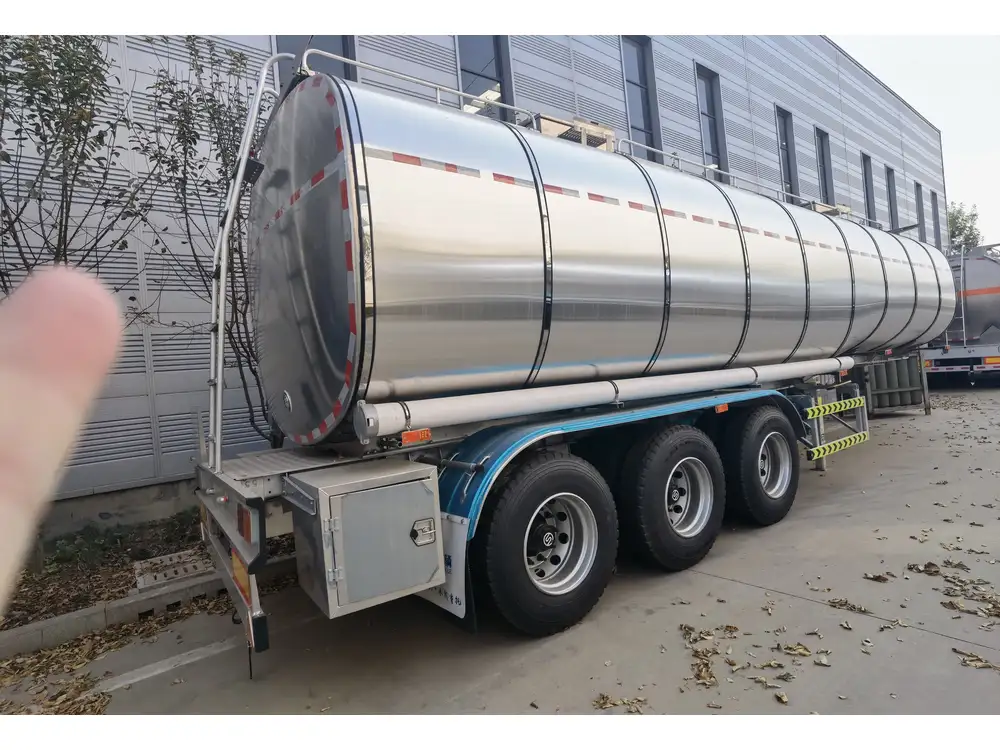In the trucking industry, the efficiency and reliability of a vehicle are paramount. Among the various components that ensure optimal performance, the air tank stands out as a critical part of the tractor-trailer system. Air tanks, or air reservoirs, play a significant role in storing compressed air utilized in various systems, including brakes and suspension. Understanding the sizes, types, and applications of tractor-trailer air tanks is essential for fleet owners and operators alike. This comprehensive guide dives deeply into the various aspects of these essential components, providing valuable insights for informed decision-making.
Overview of Tractor-Trailer Air Tanks
What are Tractor-Trailer Air Tanks?
Tractor-trailer air tanks are cylindrical containers designed to store compressed air generated by the vehicle’s air compressor. The stored air serves multiple purposes, including:
- Actuating Brakes: Compressed air is used to engage the braking system, which is essential for safe operation.
- Suspension Systems: Air tanks aid in maintaining optimal suspension levels, ensuring a smoother ride.
- Accessory Operation: Certain vehicle accessories rely on compressed air, such as air horns and automated tarping systems.

Types of Air Tanks
Tractor-trailer air tanks can vary significantly based on their application and requirements. The primary types include:
Single-Tank Systems: A basic configuration ideal for small trucks where simplicity and cost-effectiveness are prioritized.
Dual-Tank Systems: Common in larger semi-trailers, offering enhanced air supply capacity and redundancy.
Multistage Tanks: Sometimes employed in heavy-duty applications, these systems can store different air pressures to accommodate varied operational needs.
What Size Are Tractor-Trailer Air Tanks?
Standard Sizes
The most common sizes for tractor-trailer air tanks can range from 30 to 50 gallons in capacity. Below is a breakdown of the typical sizes and their typical applications:
| Size (Gallons) | Diameter (Inches) | Height (Inches) | Common Uses |
|---|---|---|---|
| 30 | 14 | 28 | Light trucks, utility vehicles |
| 40 | 16 | 34 | Standard semi-trailer configurations |
| 50 | 18 | 40 | Heavy-duty trucks, long-haul vehicles |

Custom Sizes
While standard sizes are prevalent, many manufacturers offer custom air tanks designed to meet specific operational requirements. Factors influencing size selection include:
- Vehicle Weight: Heavier loads may require larger tanks to ensure adequate air supply.
- Break System Specification: Each braking system may necessitate a different amount of air, demanding adjustments in air tank sizing.
- Space Constraints: The layout of the trailer’s chassis can limit tank dimensions, necessitating a tailored approach.
Factors Influencing Air Tank Size and Selection
Air Consumption Rate
The air consumption rate of a tractor-trailer’s braking and accessory systems can greatly impact the required air tank size. Understanding how quickly air is used during operations is critical. Trucks with heavy braking needs will benefit from larger tanks to avoid running low on air, which can result in decreased braking performance.

Required Air Pressure
High-performance air systems may demand higher pressure, which must be considered when selecting tank size. Standard tractor-trailer systems typically operate at 100-120 PSI, but for certain applications, especially in extreme conditions, higher pressures might be necessary. Tanks are usually rated based on both capacity and pressure to meet specific needs.
Seasonal Considerations
Operational environments can change drastically with the seasons. Cold weather, for instance, can lead to condensation and freezing that may affect tank efficiency. In regions where temperatures dip significantly, heavier-duty tanks with insulation or anti-freeze additives could be more suitable.
Benefits of Proper Air Tank Sizing

Safety Assurance
Correct sizing of air tanks plays a pivotal role in ensuring vehicle safety. An under-sized air tank may lead to inadequate braking ability, putting the driver and other road users at risk. Properly sized tanks help maintain consistent air supply, enhancing overall safety during hauling.
Optimized Performance
Larger air tanks can help maintain better air pressure, which aids in reliable brake engagement and suspension systems. With optimal performance, vehicles experience fewer mechanical failures, resulting in lower maintenance costs over time.
Fuel Efficiency
A well-maintained tractor-trailer with appropriately sized air tanks can enhance fuel efficiency. This is primarily facilitated by reduced friction in brake systems and an optimized suspension setup, leading to smoother rides and less mechanical strain.

Maintenance of Tractor-Trailer Air Tanks
Regular Inspections
Routine inspections are vital to ensuring air tanks are functioning correctly. This includes checking for:
- Corrosion and Rust: These can weaken the tank, leading to possible leaks or ruptures.
- Pressure Gauges: Ensuring they are functioning properly to monitor tank pressure accurately.
- Connections and fittings: Confirming that they are secure and in good condition to avoid air leaks.
Draining Water and Condensate
Moisture can accumulate in air tanks, leading to corrosion and affecting air quality. Regularly draining tanks to remove moisture is crucial. Recommended intervals often coincide with standard vehicle maintenance schedules.

Common Problems Associated with Air Tanks
Air Leaks
Leaks can be detrimental, leading to insufficient air supply that affects braking and suspension performance. Therefore, recognizing signs such as hissing sounds or visible moisture can aid in quick intervention.
Pressure Loss
Sudden drops in pressure can indicate malfunctioning air compressors or tank damage. Immediate checks are necessary to diagnose the root cause and ensure safety.

Accumulation of Dirt and Debris
Over time, dirt and debris can compromise tank efficiency. Regular cleaning can enhance functionality and longevity.
Conclusion
Selecting the appropriate size of tractor-trailer air tanks is essential for safety, performance, and operational efficiency. With standard sizes ranging between 30 to 50 gallons, and the flexibility for custom solutions, manufacturers can tailor their offerings to meet a variety of needs. By considering factors such as air consumption rate, required air pressure, and seasonal conditions, fleet operators can ensure that their vehicles are always equipped to handle any demands placed on them. Furthermore, ongoing maintenance and inspections can significantly mitigate common issues such as leaks and pressure loss, leading to prolonged air tank lifespan and enhanced vehicle performance.
For anyone involved in operations heavy-duty transport, comprehensively understanding air tank functionalities isn’t just beneficial; it’s imperative. Proper engine efficiency, optimized braking systems, and reliable performance all stem from one equally critical foundation—air tanks, the unsung heroes of tractor-trailers.



